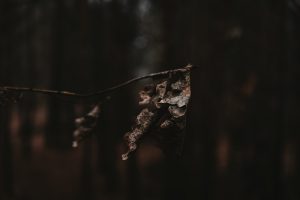What is Ash Dieback?
What is it?
Ash dieback affects ash trees (Fraxinus excelsior). It’s caused by the fungus Hymenoscyphus fraxineus, which you may also hear referred to as Chalara fraxinea and Hymenoschyphus pseudoalbidus).
It blocks the water transport systems in trees causing leaf loss, lesions in the wood and on the bark and ultimately the dieback of the crown of the tree. This disease was first described in Poland in 1992 and has since swept westwards throughout Europe. It was first identified in Britain in 2012 in nursery stock then in the wider environment in 2013 although it could have been in the country much longer. The number of confirmed findings is continuing to increase and the distribution is reported by the Forestry Commission on a regular basis.

Young trees are particularly vulnerable and die quickly once they succumb. Older trees can be slowly killed by a yearly cycle of infection. Spread of the disease in the UK is most likely to be as a result of the planting of infected nursery stock and wood but wind borne distribution of the fungal spores also occurs. It is important to stay vigilant to catch cases of ash dieback quickly before it ruins your garden.
Key Signs
There are several key signs to look out for on ash trees. All of these symptoms can also be caused by other problems, so final diagnosis should be made by an expert. Summer is a good time to look for symptoms as in autumn and winter, ash trees will naturally be shedding their leaves making it difficult to identify ash dieback.
If you have any questions about ash dieback or suspect your trees may be showing signs, please don’t hesitate to get in touch.
